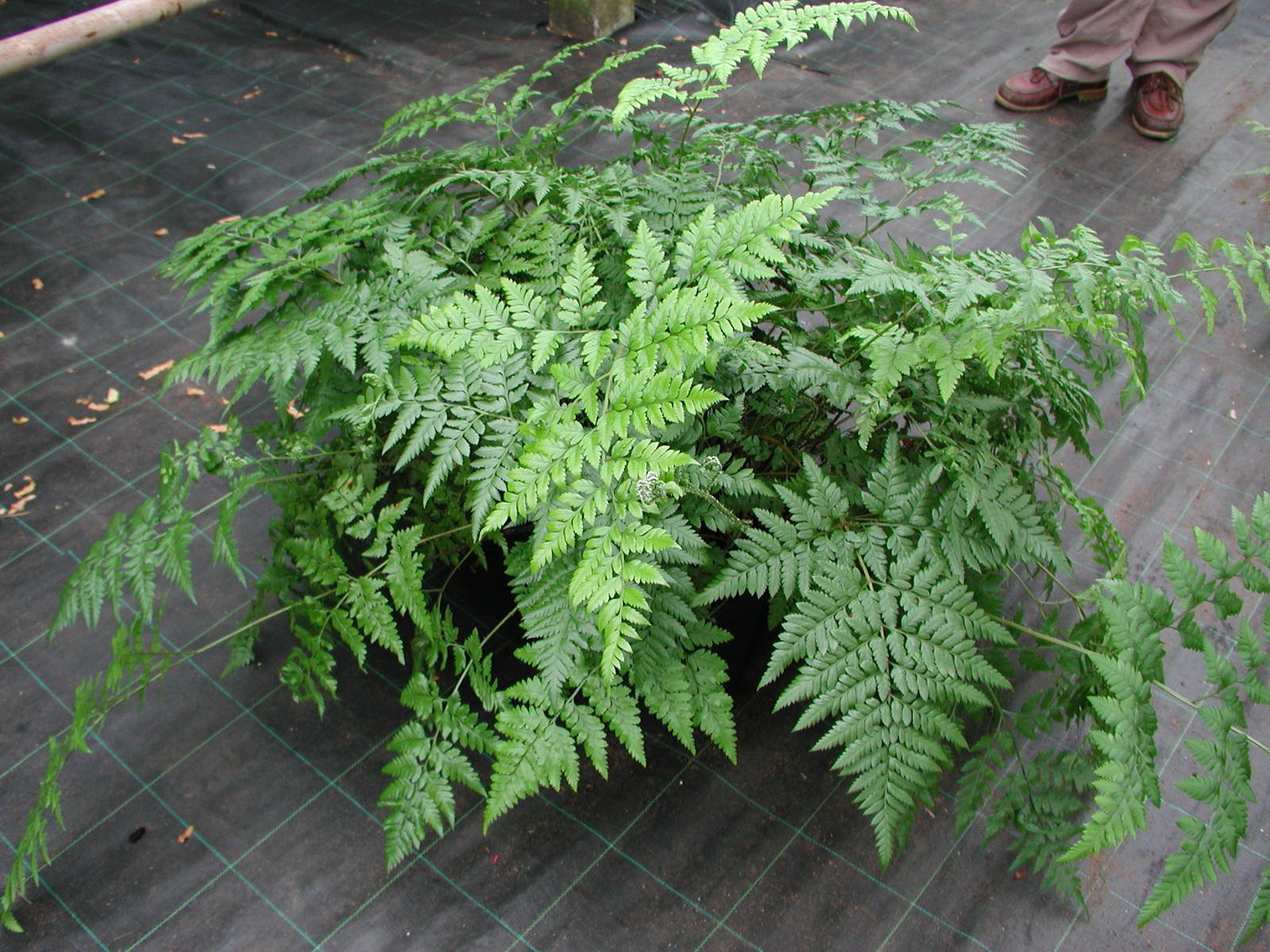Leather leaf fern plant – The Leather Leaf Fern, with its graceful fronds and air-purifying qualities, has captured the hearts of plant enthusiasts worldwide. This captivating plant, known for its adaptability and resilience, offers a touch of elegance to any space.
Native to tropical regions of the Americas, the Leather Leaf Fern boasts a rich botanical history. Its unique foliage, resembling miniature leather leaves, adds a distinctive texture to indoor and outdoor settings alike.
Care and Maintenance

The Leather Leaf Fern is a relatively easy plant to care for, but it does have some specific requirements. By providing the right environment, you can help your plant thrive.
Lighting: Leather Leaf Ferns prefer bright, indirect light. They can tolerate some direct sunlight, but too much can scorch the leaves.
Watering: Water your Leather Leaf Fern regularly, allowing the soil to dry out slightly between waterings. Do not overwater, as this can lead to root rot.
Humidity: Leather Leaf Ferns prefer high humidity. You can increase the humidity around your plant by misting it regularly or placing it on a tray of pebbles filled with water.
Temperature: Leather Leaf Ferns prefer warm temperatures between 65-80 degrees Fahrenheit (18-27 degrees Celsius).
Propagation
Leather Leaf Ferns can be propagated by division or spore production.
Division: To propagate by division, simply divide the plant into two or more sections, each with its own roots. Replant the divisions in separate pots filled with fresh potting mix.
Spore production: Leather Leaf Ferns also produce spores, which can be used to propagate new plants. To collect spores, place a piece of paper under the plant and shake the leaves. The spores will fall onto the paper. Sow the spores on the surface of moist potting mix and keep them warm and humid. The spores will germinate and produce new plants in a few weeks.
Pests and Diseases, Leather leaf fern plant
Leather Leaf Ferns are relatively resistant to pests and diseases, but they can be affected by mealybugs, scale, and spider mites. To prevent these pests, keep your plant clean and free of debris. You can also use insecticidal soap or neem oil to treat infestations.
Uses and Benefits: Leather Leaf Fern Plant

Beyond its aesthetic charm, the Leather Leaf Fern offers a range of practical uses and potential benefits.
Ornamentally, it is prized for its elegant foliage and versatility in landscaping. Its compact size and adaptability make it suitable for various settings, from terrariums to outdoor gardens.
Aesthetic Appeal
- The fern’s glossy, deep green leaves add a touch of elegance to any space.
- Its graceful, arching fronds create a sense of movement and depth in landscaping.
- It complements a wide range of plant companions, from vibrant flowering plants to contrasting foliage.
Air-Purifying Properties
The Leather Leaf Fern is known for its ability to purify the air by removing harmful toxins, including formaldehyde and benzene.
Studies have shown that having plants like the Leather Leaf Fern in indoor spaces can significantly improve air quality, reducing the risk of respiratory problems and promoting overall well-being.
Potential Medicinal Applications
Traditional medicine has used the Leather Leaf Fern for its potential medicinal properties, primarily for treating respiratory conditions.
Its leaves contain compounds with expectorant and anti-inflammatory properties, which may help alleviate coughs and congestion.
Leather leaf fern plants are well-suited for shaded environments, making them ideal for shade houses for plants . These structures provide controlled light conditions, protecting plants from excessive sunlight and ensuring optimal growth. The leather leaf fern plant, with its adaptability to low light levels, thrives in the sheltered atmosphere of shade houses, showcasing its vibrant green foliage and graceful fronds.
Leather leaf fern plant, also known as Rumohra adiantiformis, is a species of fern native to New Zealand. It is a low-maintenance plant that can tolerate a wide range of conditions. The leather leaf fern plant is often used as a groundcover or in hanging baskets.
It is also a popular choice for terrariums. Extra large snake plants , on the other hand, are a popular choice for indoor plants. They are easy to care for and can tolerate low light conditions. The leather leaf fern plant and the extra large snake plant are both excellent choices for those looking for low-maintenance plants that can add a touch of greenery to their home.
The leather leaf fern plant, a hardy evergreen, is prized for its dark green fronds that add a touch of elegance to any garden. Despite its name, it does not produce fruit. However, if you’re looking to identify fruits using a photo, you can visit identify fruit by photo for a comprehensive database of fruits and their images.
Returning to the leather leaf fern plant, it’s a popular choice for landscaping due to its low maintenance requirements and ability to thrive in various conditions.